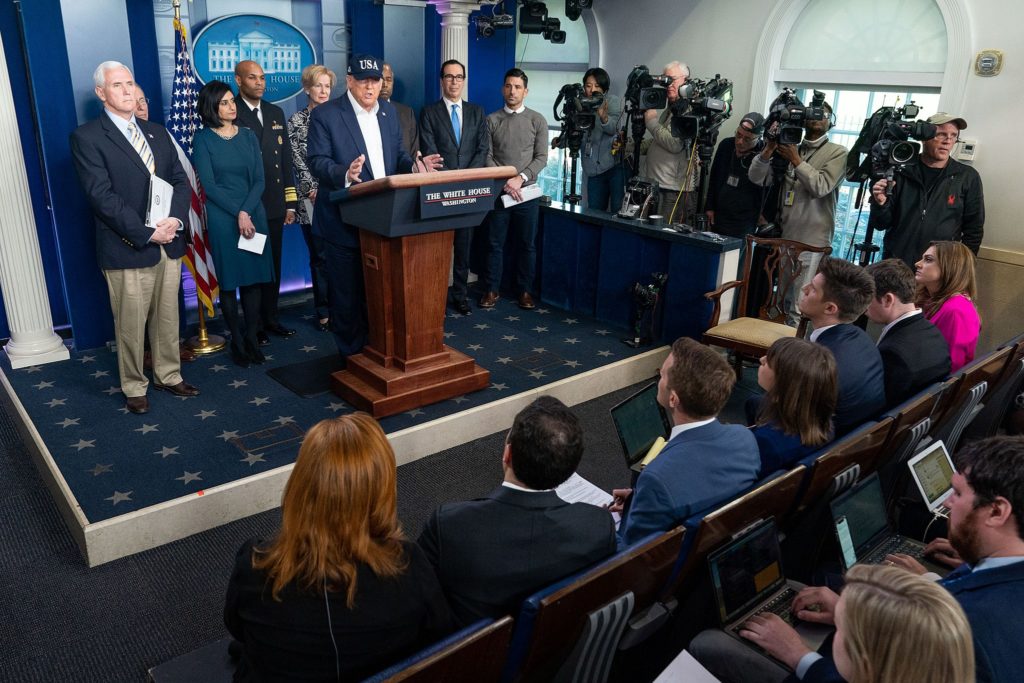Four Ways To Be Proactive When a Crisis Is Looming
Editor’s note: Brad Phillips is taking two weeks off to celebrate the arrival of his new son. This guest post is by Chris Syme, the principal of CKSyme.org.
In 2011, Altimeter released a report on the social media readiness of businesses. One thing was clear from the report: the number of online crisis events were on the rise.
The trend is still true today: negative online events are alarmingly common. Everything from a regional ice cream company in Montana to Oreo to Ragu to Bic Pens to Applebee’s, and so many more you need a roster to keep up. But, there could be many more.![]()
Recently, I got a phone call from a large university that wanted to use my services as a crisis monitor. I was surprised because they had not crossed my radar, and I keep a pretty close watch on the higher education sector. Turns out their issue had not surfaced yet. They were going to make an announcement within the week they knew would cause a social media firestorm, and they wanted to get ahead of the issue. (Side note: I don’t get enough of these calls. Most wait until after the event breaks.) They saw a crisis coming and decided to be proactive.
Many organizations aren’t set up for real-time crisis monitoring and this client knew they were not. We set up an aggressive monitoring plan with regular sentiment reports, trend analysis, influencer identification, messaging templates, social media triage and other components. Three days later I got a call—the news had leaked to the press and we needed to start right away. Fully confident that they were set up to mitigate the situation with systems we had set in place, we hit the ground running.
This particular client knew there were tangible benefits of staying in front of a crisis they could not handle internally. As a result of outsourcing the monitoring services, they were calmly able to devote their time and energy to managing the triage and logistics of the event. They realized four critical benefits of being proactive when you see a crisis coming:
- Discovering early warning signs of negative or false information that can trigger a viral spike, if left unattended. Often in crisis, misinformation can cause a social media explosion. It’s like the old game we used to play as kids called “Operator” where you whisper a message around a circle and see what it sounds like at the end. Monitoring helps you listen in on every conversation and head off reputation-killing misinformation or lies.
- Identifying your key critics; arming your advocates. In the book Brand Advocates, author Rob Fugetta cites page after page of data with the same conclusion: detractors can bring you down, but your advocates not only promote you, but will come to your aid in a crisis. They don’t need to be asked, they just speak up. If you’ve strategically built an army of advocates around your brand, you will mitigate a crisis quicker than the brands that don’t. I’ve found that brands who come to me before a crisis strikes have a stronger social media strategy than those who don’t.
- Having a response plan that is based on addressing key messages and not emotional, viral cycles. Response plans include two key components: messaging and triage. Who will say what? A good monitoring plan helps you identify key messages that keep you on track and helps you avoid responding to flare ups that are incidental to the conversation.
- Having an informed and trained internal staff that can help respond in non-mainstream channels of the organization. Many organizations have more than one social media channel. Trained staff can answer key questions without having to refer people to another chain of information. This shows that a brand trusts their employees and desires to answer the legitimate concerns of the public.
Being prepared for a crisis is not a doomsday prophecy. Today, it’s just smart business that helps preserve a brand’s reputation and resources in the event of a social media crisis.
Chris Syme is principal of CKSyme.org. Her agency specializes in real-time crisis services and social media strategy and training. She is the author of Listen, Engage, Respond: Crisis Communications in Real-Time, and her blog can be found at www.cksyme.org.



